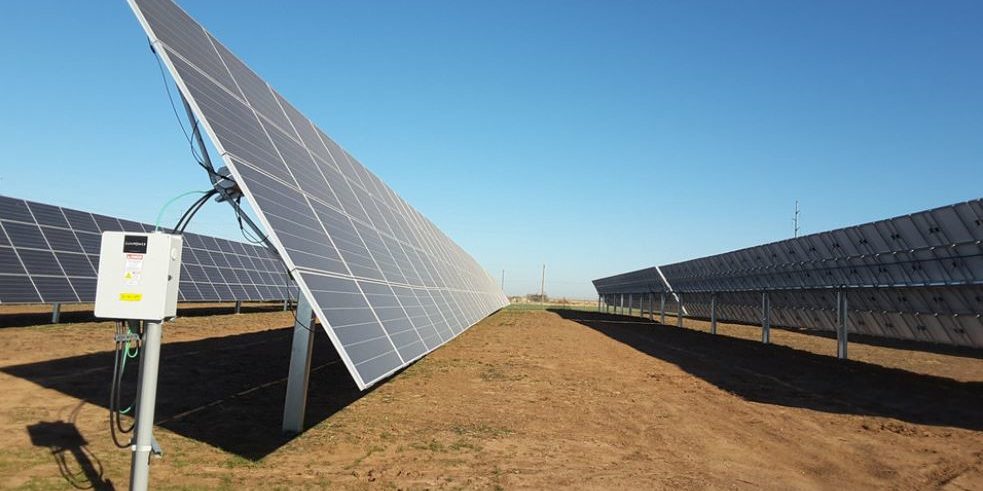Three grid-enhancing technologies can boost the utilization of any existing transmission system, according to a study by The Brattle Group.
In Kansas and Oklahoma alone, those technologies could make room for 40 MW more solar and 2.6 GW more wind power by 2025.
The grid-enhancing technologies considered by the report are advanced power flow control, topology optimization, and dynamic line ratings. The technologies are offered by member firms of the WATT Coalition, which provided input to the Brattle study.
As part of its work, Brattle conducted a power flow analysis to determine the wind and solar capacity that could be added in Kansas and Oklahoma, first without the three technologies, and then with them.

Image: Pixabay
Considering the 260 MW of solar projects in those states that have signed interconnection agreements, the grid could accommodate 140 MW of solar by 2025 with the new technologies, versus 100 MW without them. That represents a 40% improvement for solar.
Of the 9.17 GW of wind projects in the two states that also have a signed agreement, the grid could accommodate 5.1 GW with the transmission technologies, or about twice as much as the 2.5 GW possible without them.
Looking just at a scenario with the transmission technologies implemented, the two states could accommodate 54% of the solar projects and 56% of the wind projects with signed interconnection agreements, according to the study’s lead author Bruce Tsuchida.
Three technologies
To describe advanced power flow control, the WATT Coalition first explained that power flow control refers to a set of technologies that redirect power away from overloaded lines and onto underutilized parts of a transmission network. Advanced power flow control accomplishes that task but with hardware having advanced features such as the ability to be quickly deployed, easily scaled, or redeployed as needed.
Topology optimization achieves the same outcome as advanced flow control devices, said the Brattle study, but does so using existing equipment. The optimization technique uses software to identify which transmission line circuit breakers should be switched open or closed to route power flow around congested elements. In this way, said Brattle, it’s like “Waze for the transmission grid.”
The U.S. Department of Energy describes dynamic line ratings by first noting that the maximum power flow capacity on a transmission line is limited by heating considerations. So-called static line ratings are calculated using generally conservative assumptions about the transmission-line’s operating environment, but without considering factors such as wind cooling that allow for greater transmission utilization. Dynamic line rating determines transmission line thermal ratings using improved or real-time data, to help system operators determine the prevailing current-carrying capacity limits of transmission lines.
Brattle prepared the study, “Unlocking the Queue with Grid-Enhancing Technologies,” with input from the WATT Coalition and funding from GridLab, EDF Renewables North America, NextEra Energy Resources, and Duke Energy Renewables.
This content is protected by copyright and may not be reused. If you want to cooperate with us and would like to reuse some of our content, please contact: editors@pv-magazine.com.








By submitting this form you agree to pv magazine using your data for the purposes of publishing your comment.
Your personal data will only be disclosed or otherwise transmitted to third parties for the purposes of spam filtering or if this is necessary for technical maintenance of the website. Any other transfer to third parties will not take place unless this is justified on the basis of applicable data protection regulations or if pv magazine is legally obliged to do so.
You may revoke this consent at any time with effect for the future, in which case your personal data will be deleted immediately. Otherwise, your data will be deleted if pv magazine has processed your request or the purpose of data storage is fulfilled.
Further information on data privacy can be found in our Data Protection Policy.